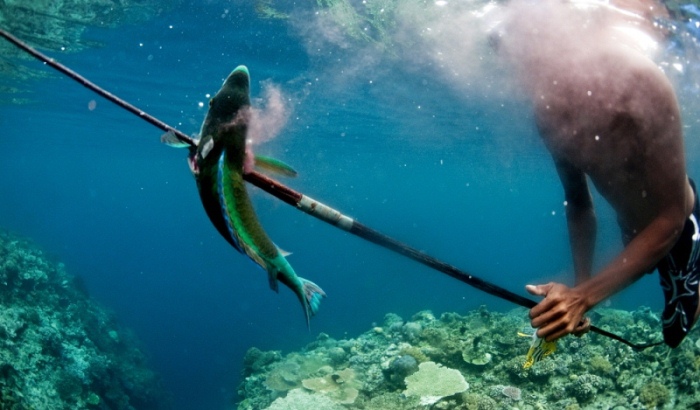By: Mike Ives
Send to a friend
The details you provide on this page will not be used to send unsolicited email, and will not be sold to a 3rd party. See privacy policy.
Global monitoring of fisheries must be improved to understand the mismatch between protecting marine life and the vital role fishing plays in many economies, according to a study.
Using so-called ‘multi-dimensional fisheries performance indicators’ (FPIs) would provide a better picture of how different communities manage fish stocks, and how this interacts with conservation efforts, says the World Bank-funded study, published this month in PLOS ONE.
Traditional indicators, which focus largely on fish numbers, fleet sizes and profit margins, are too narrow to truly understand such interactions, the authors say.
The proposed indicators include information on access rights to fish stock, governance, community participation and local power structures, as well as less visible issues around fisheries, such as women’s roles and rights, local technology updates and social cohesion in fishing communities.
The FPI approach is the only method worldwide that measures several components of the fishing industry at once, says Christopher Anderson, a co-author of the paper and a professor of fisheries economics at the University of Washington in the United States.
“There are several efforts that are more data-intensive and designed to meet the specific goals of particular projects, but nothing else that endeavours to compare the range of fisheries we do,” Anderson told SciDev.Net.
He explains that one goal of the approach is to codify knowledge that people in the fishing industry are “carrying around in their heads”. The FPIs, he added, could also identify helpful tools to help developing countries fish more sustainably and waste less, such as using basic fish refrigeration coupled with good transportation.
Fisheries performance indicators and what they cover
- Macro factors
-
- -General environmental performance
- -Exogenous environmental factors
- -Governance
- -Economic conditions
- Property rights and responsibilities
-
- -Fishing access rights
- -Harvest rights
- Co-management
-
- -Collective action
- -Participation
- -Community
- -Gender
- Management
-
- -Management inputs
- -Data
- -Management methods
- Post-harvest
-
- -Markets
- -Market institutions
- -Infrastructure
The study’s results show that better performance on ecological indicators is linked to economic and community benefits. A fishery off the coast of Iceland, for example, had a perfect score for its ecological indicators, and high scores for economic and social wellbeing.
A fishery near Vietnam, by contrast, scored lowest out of 61 fisheries in ecological performance and near the bottom in economic payoffs for fishermen.
Yet there were also “dramatic” exceptions to this general rule, the authors say. For example, a salmon fishery in Alaska was well managed, but offered “poor incentives for generating market return or minimising cost”. And Kenya’s octopus and the Seychelles’ sea cucumber fisheries are based on depleted resources, but continued to provide significant community benefits, the study found.
Keith Symington, the Vietnam-based bycatch strategy leader of environmental group WWF, says that FPIs could be useful in South-East Asia, a region where fishing fleets operate under a variety of regulations and management tools.But, he added, officials in the region might prefer to adopt more “organic” standards tailored to local conditions.
“They probably aren’t very keen to follow a Western model” of fishing indicators, Symington says. “They might nod their heads, but I doubt you’d see [FPIs] widely adopted.”














